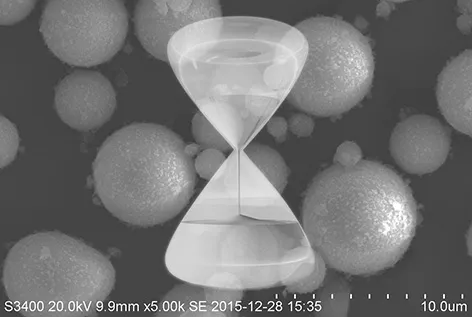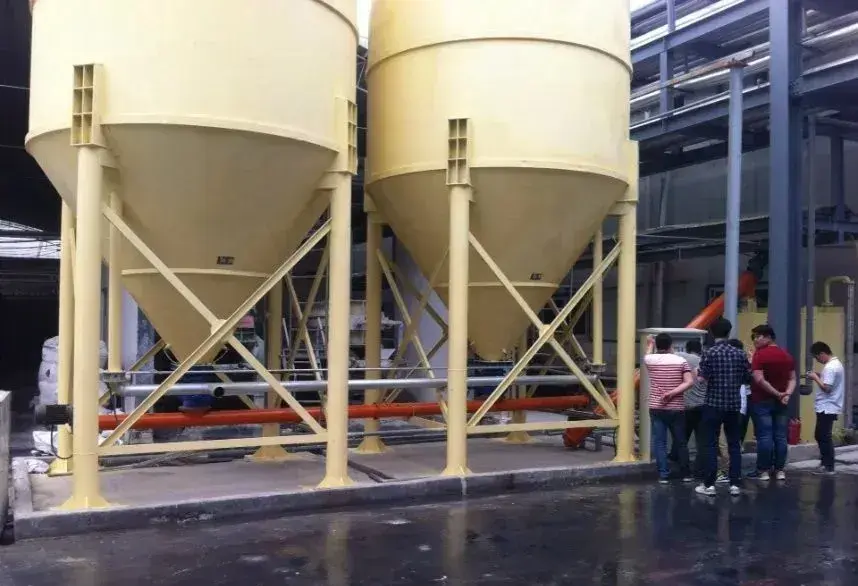Superfine grinding has become a crucial technology across industries such as minerals, chemicals, composites, ceramics, and new energy materials. As applications demand finer particle sizes—often D97 below 10 μm or even into the submicron range—manufacturers increasingly rely on advanced superfine grinding equipment such as ball mills, jet mills, air classifier mills, and turbo mills etc.
However, processing materials with widely varying hardness, shapes, and structural characteristics introduces several technical challenges. Understanding these challenges is essential for designing reliable, efficient, and stable superfine grinding systems.
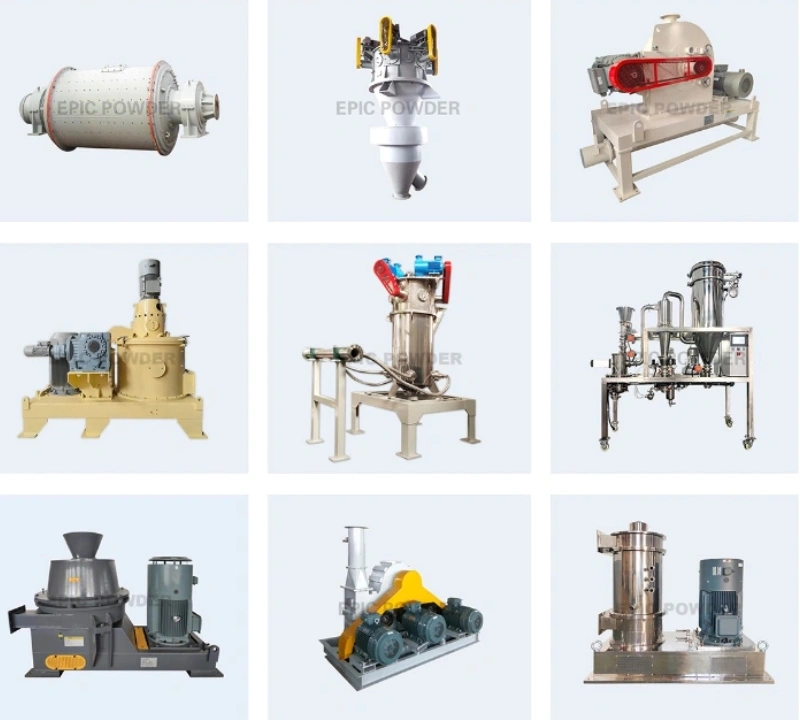
Impact of Material Hardness on Grinding Efficiency
High-Hardness Materials Increase Wear and Energy Consumption
Materials such as quartz, silicon carbide, alumina, and rare-earth oxides have high Mohs hardness, resulting in:
- Rapid wear of liners, grinding media, and classifiers
- Higher energy consumption, as more impact force is required
- Unstable particle size control due to equipment wear
This requires the use of wear-resistant liners (alumina, zirconia, SiN) and optimized energy input.
Low-Hardness Materials May Cause Over-Grinding
Soft materials (e.g., talc, gypsum, carbon black) are easily fractured, leading to:
- Excessive fine powders
- Broadened particle size distributions
- Reduced production efficiency
Maintaining stable classifier speed and airflow becomes essential to avoid fines overload.
Influence of Particle Morphology on Grinding Behavior
Flaky or Fibrous Materials Are Difficult to Pulverize

Materials like mica, graphite, wollastonite, or needle-like calcium carbonate deform rather than break. Challenges include:
- Difficulty achieving true ultrafine sizes
- Non-uniform particle shapes after grinding
- Tendency to wrap around grinding media or rotors
Specialized equipment such as mechanical impact mills with strong shear components is often required.
Agglomerating Materials Reduce Fineness Stability
Some powders (e.g., silica, aluminum hydroxide, nano-CaCO₃) have high surface energy and tend to agglomerate:
- Reducing classification accuracy
- Increasing return loads
- Requiring continuous dispersion energy
Adding dispersing agents or using jet mills with high turbulence can help mitigate this.
Heat-Sensitive Materials Are Prone to Degradation
Materials such as polymers, agricultural powders, sulfur, and certain chemicals degrade when temperatures rise:
- Melting or softening during impact
- Discoloration or chemical reaction
- Build-up on internal surfaces
Cryogenic milling or controlled low-temperature grinding is needed to maintain material integrity.
Moisture Content Causes Caking and Blockage
High-moisture or hygroscopic materials (e.g., starch, kaolin, bentonite):
- Absorb water during grinding
- Stick to liners or classifier wheels
- Form “cakes” that block airflow or impact energy
Drying, dehumidification, or closed-loop nitrogen systems help maintain stable processing.
Achieving Precise Classification with Diverse Materials
Ultrafine grinding requires tight coordination between the mill and classifier. Challenges include:
- Maintaining a narrow particle size distribution
- Avoiding coarse particles in the final product
- Preventing overloading of the classifier with ultra-fines
- Adjusting classifier speed, rotor design, and air volume based on material characteristics
Integrated grinding–classification systems (ball mill + classifier, jet mill with classifier ) provide better control for materials with difficult morphologies.
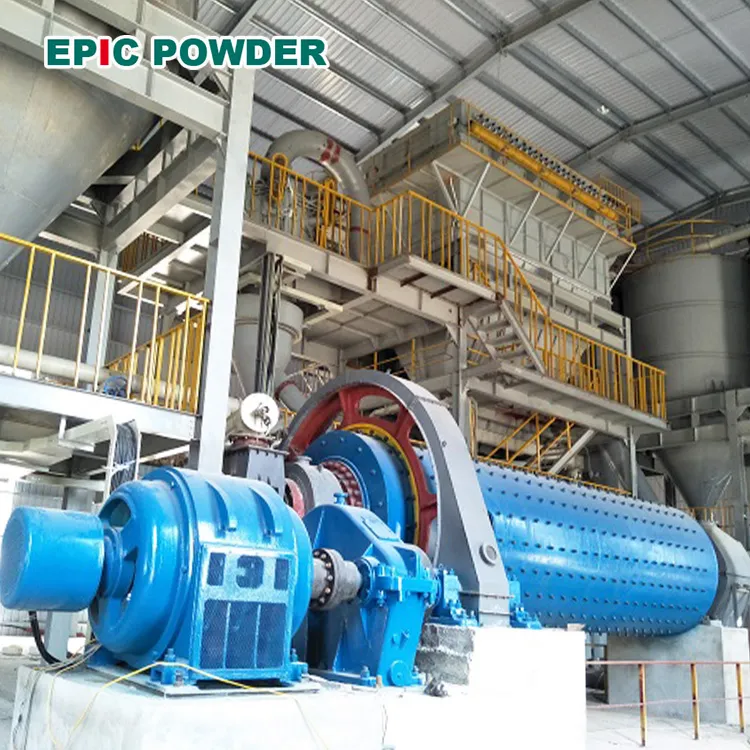
Selecting the Right Grinding Technology
Different materials require different grinding mechanisms:
| Material Characteristics | Recommended Equipment |
|---|---|
| High hardness | Jet mill, ceramic ball mill |
| Flaky / fibrous | Pin mill, impact mill |
| Agglomerated | Jet mill, ACM with strong dispersion |
| Heat sensitive | Cryogenic mill, low-temp ACM |
| High purity needed | Jet mill, ceramic-lined ball mill |
Customization is often necessary depending on feed size, target fineness, and product application.
Conclusion
Superfine grinding equipment faces significant challenges when processing materials with different hardness, structural morphologies, and physical/chemical characteristics. By carefully analyzing material behavior and selecting equipment with appropriate grinding mechanisms, wear resistance, temperature control, and classification precision, manufacturers can achieve stable ultrafine production and high-quality powder performance.
As industries evolve toward higher-performance materials, advanced grinding technology—combined with intelligent classification and customized system design—will continue to play a pivotal role.
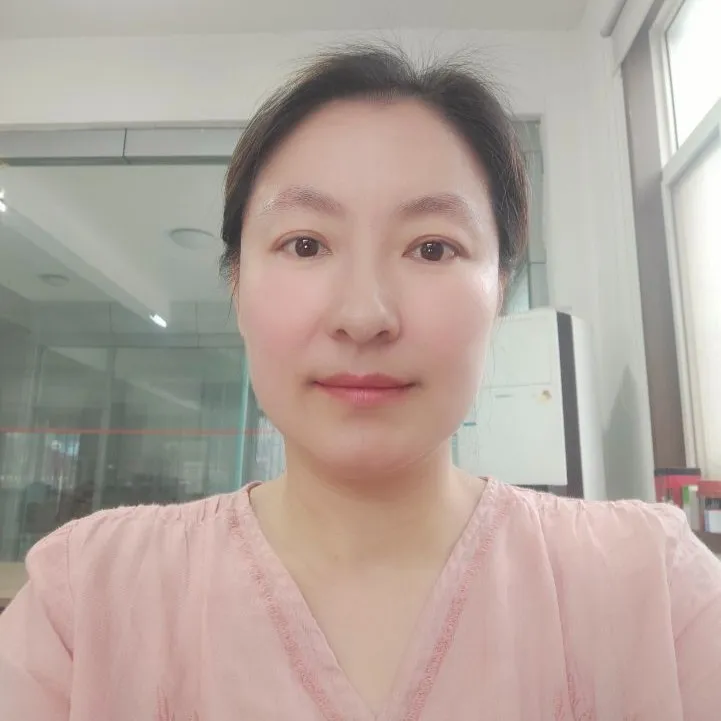
“Thanks for reading. I hope my article helps. Please leave a comment down below. You may also contact Zelda online customer representative for any further inquiries.”
— Posted by Emily Chen
